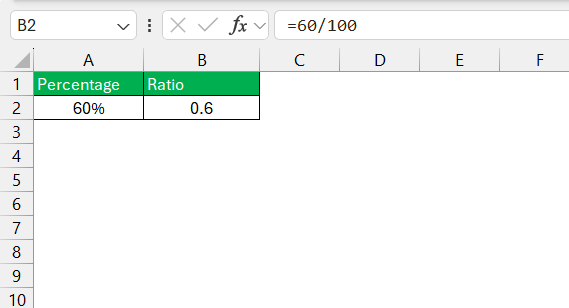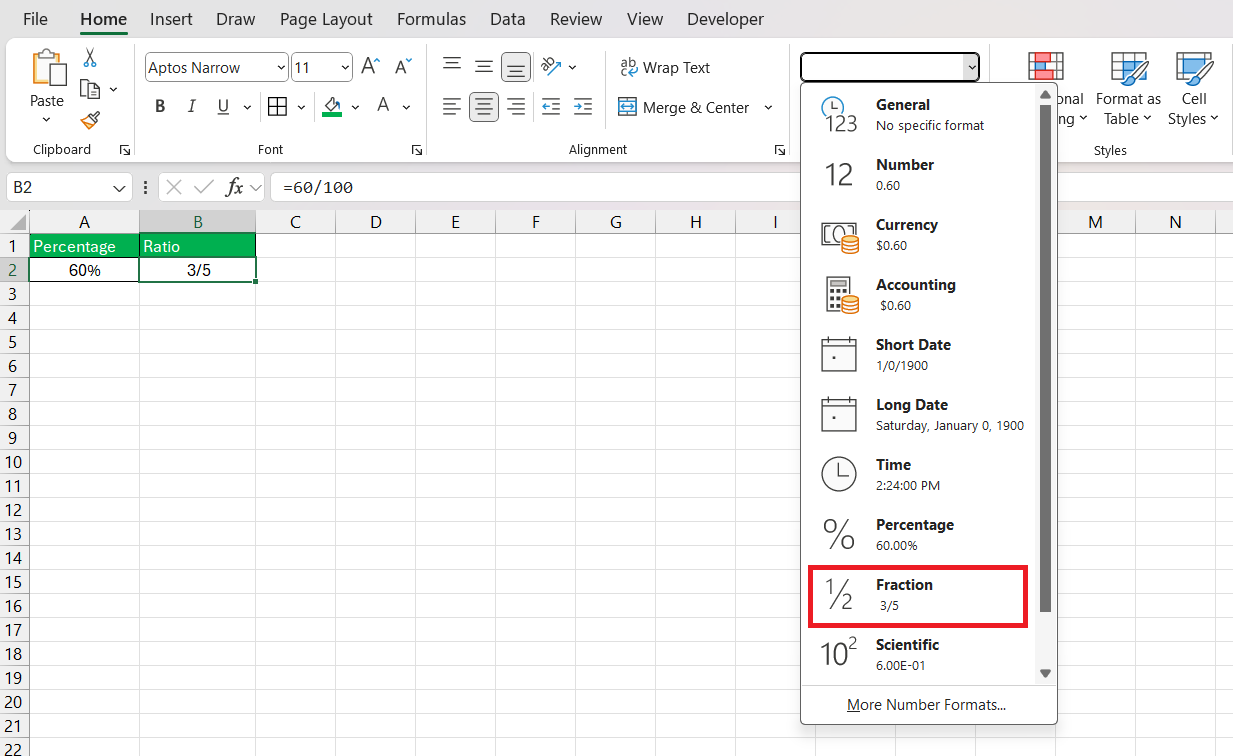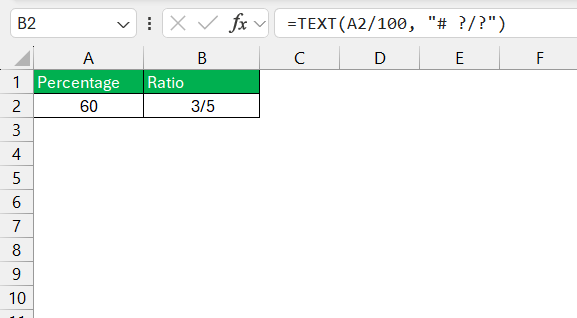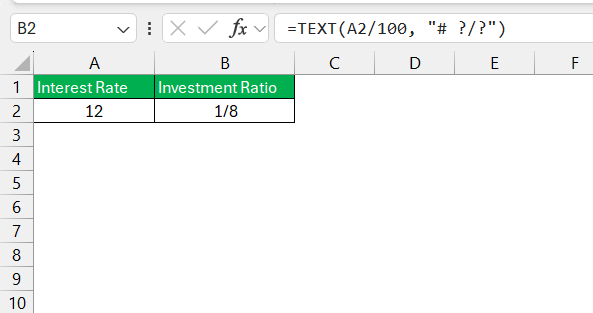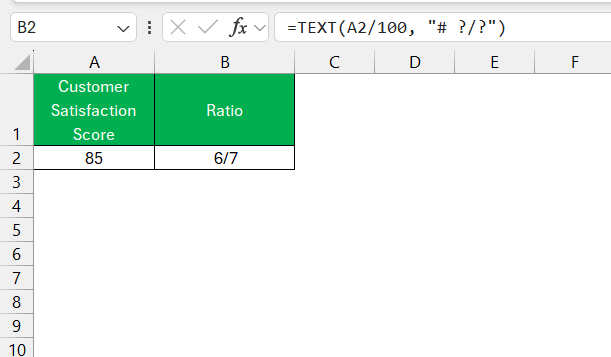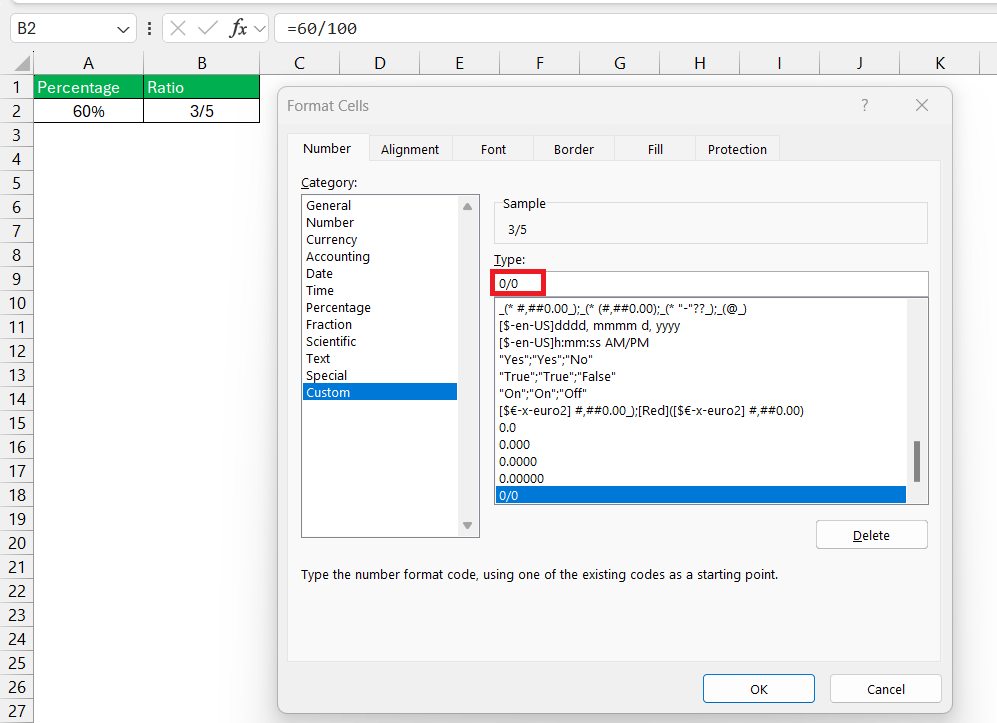Converting percentages to ratios in Excel is a fundamental task that enhances data interpretation and presentation. This process allows users to easily visualize and compare values in a more intuitive format. In this article, we’ll explore straightforward methods and formulas to efficiently convert percentages to ratios, ensuring your data is both accurate and impactful. Whether you’re working with financial data, academic research, or everyday calculations, mastering this skill will streamline your workflow and improve your analytical capabilities.
Key Takeaways:
- Converting percentages to ratios in Excel enhances data clarity and comparison.
- This conversion is vital in fields like finance, healthcare, and education for better data interpretation.
- Simple methods involve dividing by 100 and simplifying, while Excel formulas can automate the process.
- Custom format options in Excel allow for easy presentation of ratios.
- Avoid common pitfalls by ensuring accurate formulas, consistent data labeling, and clear formatting.
Table of Contents
Excel Magic Unveiled: Percentages to Ratios
The Trick of Transforming Percent to Ratio
When handling data, you often juggle between percentages and ratios, each offering a unique lens for analysis. In Excel, transform percent to ratio with ease! Begin by dropping the percent symbol and dividing by 100 – that simple move turns, say, 75% into a neat 75/100. Then, gracefully simplify to make it more palatable, ending up with a clean-cut 3:4 ratio.
Critical Applications: Where Conversion Matters
Converting percentages to ratios isn’t just for show; it’s crucial in various scenarios. Imagine being in finance, where ratios often reveal more than raw percentages about liquidity or gearing. In fields like healthcare, educational assessment, or manufacturing, ratios turn abstract percentages into relatable figures—for instance, translating patient recovery rates into tangible numbers gauging treatment effectiveness. Such conversions can clarify statistics in reports, making them more accessible to varied audiences.
Step-by-Step Conversion Techniques
The Basic Method: Simple Percentage to Ratio Conversion
Converting a percentage to a ratio in its simplest form is like preparing a favorite recipe—it’s straightforward once you know the basics. Take the percentage, minus any symbols, and place it over 100. For a 60% scenario, you’re looking at 60/100.
Next, reduce it down to its simplest form as if you’re eliminating any excess—resulting in a 3:5 ratio. Voilà!
It’s no sleight of hand, just a clear-cut transformation from a familiar percent to a simple, comparative ratio.
Advanced Tactics: Using Excel Formulas for Swift Conversion
When your spreadsheet’s brimming with data, and manual conversion feels like a chore, Excel formulas swoop in to save the day. Type your percentage, let’s say in A2, then use “=TEXT(A2/100, “# ?/?”)” for an instant ratio makeover.
The best part? You can drag the filled cell’s corner across other cells to apply this incantation en masse.
Real-World Examples to Guide You
Example 1: Converting Interest Rates to Investment Ratios
Imagine delving into investment details and stumbling upon interest rates—essential yet dense figures. In Excel, converting these to investment ratios can be like finding a guiding star in a complex financial sky. With an interest rate of 12%, simply input “=12” into a cell, and you’ll map out a ratio of 1:8.
This gives investors a straightforward picture, conveying what slice of the pie they gain for every hundred currency units invested, making financial planning more intuitive.
Example 2: From Customer Feedback Percentages to Service Ratios
Dive into customer feedback, and you’ll often find percentages gleaming at you. But here’s where you can transform those numbers into service ratios that are easier to digest at a glance. Take a customer satisfaction score—let’s say 85% happy customers.
In Excel, punch in “85/100” to get your basic ratio, and reduce it to “6:7” to discover that for every 7 customers, 6 are content—a powerful way to portray a high level of satisfaction in a simple and effective manner.
Mastering Excel Tools for Conversion
Utilizing Custom Format Options for Ratios
Excel’s custom format feature is like a magic wand for your data—it can transform numbers into formats that resonate with your audience. To use ratios, right-click on the cell, choose ‘Format Cells’, and under ‘Custom’, type in “?/?” or “0/0”.
This turns your decimal or fraction into an understandable ratio at a glance. Want to show 0.60 as 3:5? Just apply the format, and Excel does the heavy lifting, displaying data in a more relatable format.
Best Practices and Tips for Accurate Conversion
Avoid Common Pitfalls in Percentage-Ratio Conversion
Tread carefully when converting percentages to ratios to avoid common mishaps. Remember, take great care with your formulas and cell references—mixing them up can lead to errors in your ratios. Consistency in labeling your data points is also vital; without it, you might just confuse yourself and others. And don’t overlook formatting—legibility is key. Also, context is king; ensure you understand what your data represents so that your ratios make sense in the bigger picture.
Excel Shortcuts to Save Time on Conversion Tasks
Excel is brimming with shortcuts that turn tedious tasks into swift strikes—and converting percentages to ratios is no exception. Commit to memory “ALT + H + P” to switch cell formats to percentages instantly. And don’t forget the trusty “CONTROL + S” to save your progress as you dazzle through your conversions. Keep these shortcuts handy, and you’ll breeze through your data, transforming and saving it with finesse and speed.
FAQs
How to convert percentage into ratio in Excel?
To convert a percentage into a ratio in Excel, remove the percentage symbol, divide the number by 100, and apply the “=TEXT(number/100, “?/?”)” function. Alternatively, use the “SUBSTITUTE” and “TEXT” formula “=SUBSTITUTE(TEXT(your_percentage_cell,”?/??”),”/”,”:”)” to convert and display it in ratio format.
What is the difference between a percentage and a ratio in Excel?
In Excel, a percentage represents a part per hundred, displaying how large one quantity is, relative to 100. A ratio, on the other hand, compares two numbers directly, showing how much of one quantity exists for every amount of another. They offer distinct ways to analyze proportional relationships within data.
Can Excel automatically convert percentages to ratios for large datasets?
Yes, Excel can automatically convert percentages to ratios for large datasets. Use the formula “=TEXT(A1/100, “?/?”)” in the first cell, then drag the fill handle down to apply this to the entire column, swiftly converting each percentage in your dataset to a simplified ratio.
How do you calculate 25% in Excel?
To calculate 25% of a number in Excel, enter the formula “=number*0.25” in a cell, replacing “number” with the number you’re calculating the percentage for. This multiplies the original value by 0.25, giving you 25% of that value.
What is the Excel formula for calculating the percentage of the total?
The Excel formula for calculating the percentage of the total is “=part/total”, format the result as a percentage. For example, if a particular value is in cell A1 and the total is in cell B1, the formula “=A1/B1” followed by formatting the result to a percentage will give you the desired percentage of the total.
John Michaloudis is a former accountant and finance analyst at General Electric, a Microsoft MVP since 2020, an Amazon #1 bestselling author of 4 Microsoft Excel books and teacher of Microsoft Excel & Office over at his flagship MyExcelOnline Academy Online Course.

